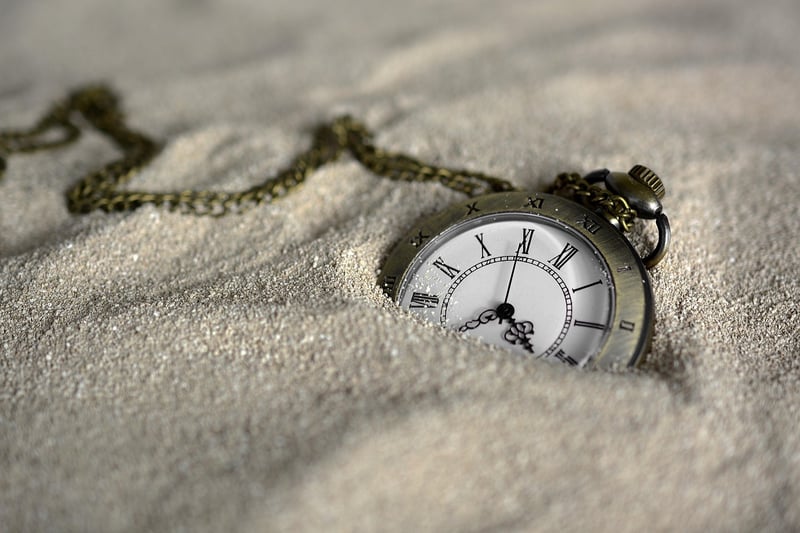Time Dilation
Understanding Time Travel Rules and Time Dilation
Introduction to Time Travel
Time travel has been a fascinating concept in science fiction for decades, but what are the rules that govern this intriguing idea?
Time Travel Rules
When it comes to time travel, various theories and rules have been proposed by physicists and writers alike. Some common time travel rules include:
- Causality Principle: The idea that an event in the past can influence the future, but the future cannot influence the past.
- Novikov Self-Consistency Principle: This principle suggests that any actions taken by a time traveler in the past were already part of history.
- Grandfather Paradox: A hypothetical paradox where a time traveler could prevent their grandparents from meeting, thus preventing their own existence.
Time Dilation
One of the significant consequences of time travel, as predicted by Einstein's theory of relativity, is time dilation. Time dilation refers to the difference in the elapsed time as measured by two observers due to a relative velocity between them or a gravitational field.
How Does Time Dilation Work?
Imagine a scenario where a spaceship travels at a significant fraction of the speed of light. According to the theory of relativity, time aboard the spaceship will pass slower compared to an observer on Earth. This phenomenon is known as time dilation.
Real-life Examples of Time Dilation
Time dilation has been proven in various experiments, including the famous Hafele-Keating experiment, where atomic clocks were flown around the world to demonstrate the effect of both velocity and gravitational fields on time.
Conclusion
While time travel remains a concept primarily explored in the realm of science fiction, understanding the rules and consequences, such as time dilation, can provide valuable insights into the complex nature of time and space.


